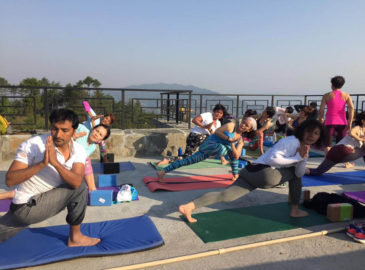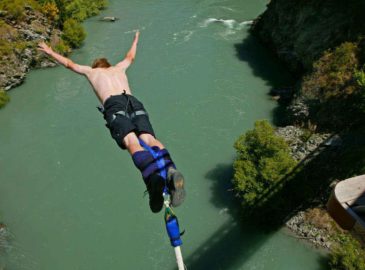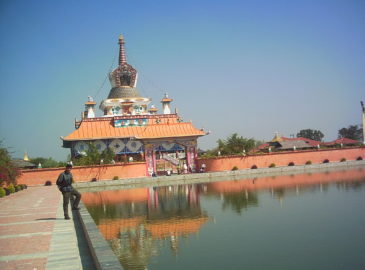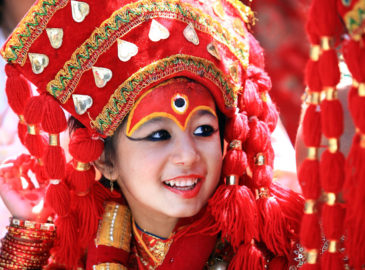Lumbini Tour
Lumbini
Lumbini is the birthplace of Gautam Buddha, the founder of Buddhism, which was destined to be the prevalent religion in Asia. This nativity site, identified by the Ashokan Pillar, erected by Magadhan emperor Ashoka, to commemorate the birth place of Buddha, the Lumbini grove. The pillar was erected over 2200 years ago, making lumbini the quintessential Buddhist heritage site. Among the prime attractions are the sacred garden with an area of 8 sq. km, the Mayadevi Temple with a bas relief of Mayadevi, the Buddha's mother and a sacred stone marked with a "foot imprint" of Ashoka. The Ashokan Pillar, the oldest monument so far found in Nepal lies to the west of the Mayadevi Temple. Today only the lower shaft of the pillar stands, the upper past having been split into two. There is no trace of the horse capital. To the south of the pillar is Puskarni, the sacred pond, wherein, Mayadevi is said to have had taken a bath just before giving birth to the Buddha - the Enlightened one.
For those interested in the treasury of cultural and archaeological riches, Lumbini is the perfect place to be there with a number of stupa, monasteries, meditation centers and bahals(courtyard), no other place evokes the time and aura of the Buddha like Lumbini, the Hallowed birthplace of the Apostle of Peace.
Major Places To See in Lumbini
Sagarhawa
Identified by Archaeologists as the "Palace of Massacre of the Shakyas", the ruins of an ancient water tank were excavated n the forest of Sagarhawa. It lies to the north-west of Niglihawa.Gotihawa
Located to the south-west of Tilaurkot, the place is known for an Ashokan Pillar (Whose upper part, capital is missing) and a huge stupa. According to the legends, the place is also associated with Kanakmuni Buddha and Krakuchhanda Buddha. They arrived before Gautam Buddha.Aroarakot
This place once had a walled rectangular fortress. The citadel was Buddha's natal town. Lying to the north-east of Niglihawa, here you can find remains of ancient moat and brick fortifications reminding you of its glorious place.Budhist Temple
The monastery of the Buddhist temple is built inside the surrounding complex of Lumbini in the manner of modern Buddhist shrines in Nepal. The prayer-hall contains a big image of Lord Shakyamuni Buddha in the medieval style. Colorful artistic murals decorate the large walls.The Ashoka Pillar
Discovered by the now famous German archaeologist Dr. Fuhrer, the pillar is the first epigraphic evidence relating to the life history of Lord Buddha and is also the most visible land-mark of the auspicious garden. The historic importance of the pillar is evidenced by the inscription engraved on the pillar (in Brahmi characters). It is said that the Hindu Indian Emperor Ashok-the Great, who got converted, visited the site in the twentieth year of his accession to the throne and as a homage to the pure birth-place erected the pillar. The inscription on the pillar roughly translates as : "King Piyadesi the beloved of the Gods, having been anointed 20 years, came himself and worshipped saying--Here Buddha Sakyamuni was born. He caused to make a stone (capital) representing a horse and he caused (this) stone pillar to be erected. Because here the worshipful one was born the village of Lumbini has been made free of taxes and recipient of wealth."Image Of Maya Devi
In additional to the Ashokan Pillar, the other shrine of importance is the bas-relief image of Maha Maya Debi-the Queen of King Suddhodan. Enshrined in a small pagoda-like structure, the image shows Maya-Debi, the mother of Crown Prince Siddhartha Goutam. She is seen supporting herself by holding on with her right hand to a branch of a Sal tree, with the newly born infant Buddha standing upright on a lotus pedestal on an oval halo. Two other celestial figures are depicted in an act of pouring holy water and lotuses bestowed from heaven. Earlier the image was placed in the famous white temple of Maya Debi besides the pillar-now totally dismantled to make way for the excavations which revealed the Sanctum Sanctorum, the exact spot where Our Lord was born. KapilbastuThe temple and the holy quadrangle with a Buddhist stupa at the center form the residential quarters of the Chaste Virgin Living Goddess called KUMARI. The traditional building has profusely carved wooden balconies and window screens. The non-Buddhist and the non-Hindu visitors may enter the courtyard called the 'bahal' but may not proceed beyond upstairs. The KUMARI acknowledges their greetings from the central window of the balcony particularly saved for Her alone and snapshot is strictly prohibited.1 Days
Tour Plan
Recent Post
-
Langtang Valley Trekking
Duration: 08 days
Popular Trekking
-
Everest Panorama Trekking
Duration: 8 days
-
Gokyo Lake Trekking
Duration: 12 days
-
Everest Base Camp Trekking
Duration: 14 days
-
Jomsom Muktinath Trekking
Duration: 14 days
Extend My Holidays
If you like to extend your holidays in Nepal with your short time to experience the high mountains and Nepalese culture you can choose these short and easy extensions trips. Also for those who are inexperience in walking up and down on the mountain the following options are the best to choose. Click on the link below to get its information.


















